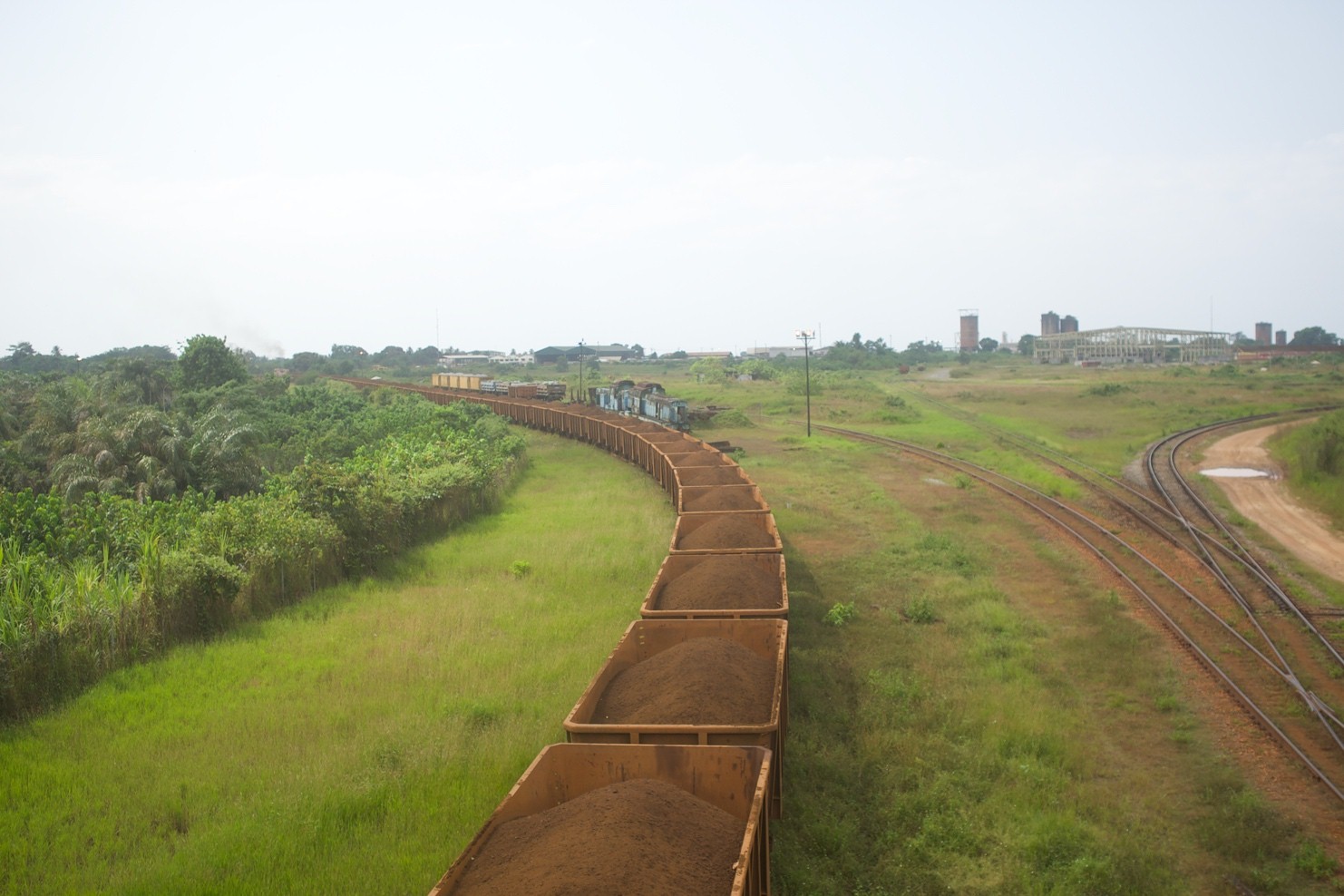Banner Image:Iron ore being transported to the Port of Buchanan for export. The DayLight/James Harding Giahyue
BY Varney Kamara
MONROVIA – Revenues generated from Liberia’s extractive industries in the first half of last year dropped by more than US$5 million due to the coronavirus pandemic, according in the latest report by the Liberia Extractive Industries Transparency Initiative (LEITI).
The report, the 12th by the agency since its establishment in 2007, found the Liberian government generated US$37,104,314 last year compared to US$42,240,233 in 2019. That is a fall of US$5,135,919 million or 12.16 percent.
The slump in income from the natural resource sector did not come as a surprise, however. The World Bank had projected Liberia’s GDP to contract by 2.6 due to the outbreak after it had earlier forecast a 1.6 percent growth. COVID-19 limited government’s revenue generating capacity as companies scaled down their works, and lockdown and travel restriction measures instilled to break the virus’ chain of transmission. All sectors—mining, oil/gas, forestry and agriculture—were affected.
“[The year] 2020 was a very difficult year for the rubber industry with very low sales prices and shut down of factories (tires manufacturers) during the 1st semester of 2020 affecting our long-term Contracts,” the report said about the rubber industry, adding “2021 seems to be positive oriented but a downturn of the rubber industry is still possible.”
The disease is already showing signs of ebbing in Liberia since the turn of this year. There are 67 active cases in the country as of May 9, according to the National Public Health Institute of Liberia (NPHIL). And the United States Center for Disease Control and Prevention (CDC) listed Liberia as one of the 20 places safe to travel.
Liberia Generated More Revenue
The government received more extractive revenues within the 2018/19 fiscal year than last time around, according to LEITI report. The sector generated US$US79,632,411 in 2018/19, US$23 million higher than revenue generated within the 2017/18 period, according to the LEITI report. Of that amount, 88.55 percent represented direct revenues, while the others came from social and environmental payments companies paid, the report said.
The mining sector was the biggest contributor with US$42,596,473 (53.49%), followed by the agriculture US$26,009,261 (32.66%) and forestry US$8,148,559(10.23%). Oil/gas was the lowest with US$2,878,118 (3.61%).
ArcelorMittal was the biggest payer with US$19,090,748 (23.9%). It was followed by Firestone with US$14,648,794 (18.40%), Bea Mountain US$9,583,127 (12.03%) and China Union US$5,290,341 (6.64%) in second, third and fourth places, respectively. MNG Gold US$3,655,182 (4.5%), Golden Veroleum US$3,116,511 (3.9%) and Liberia Agricultural Company US$2,089,57 (2.62%) completed the seven-highest-contributor list in that order.




